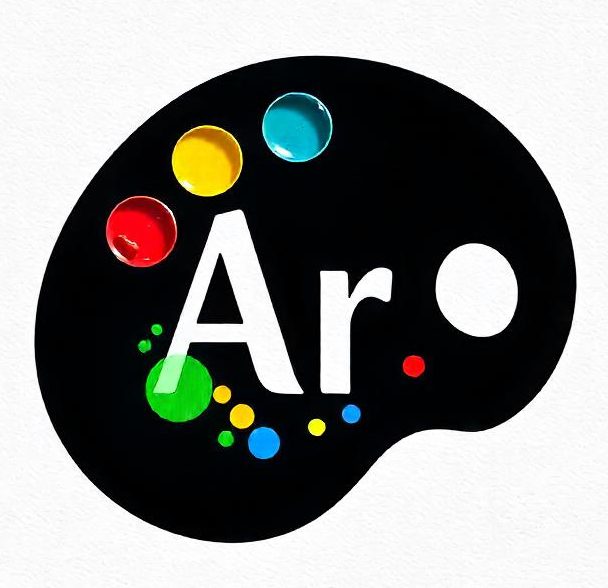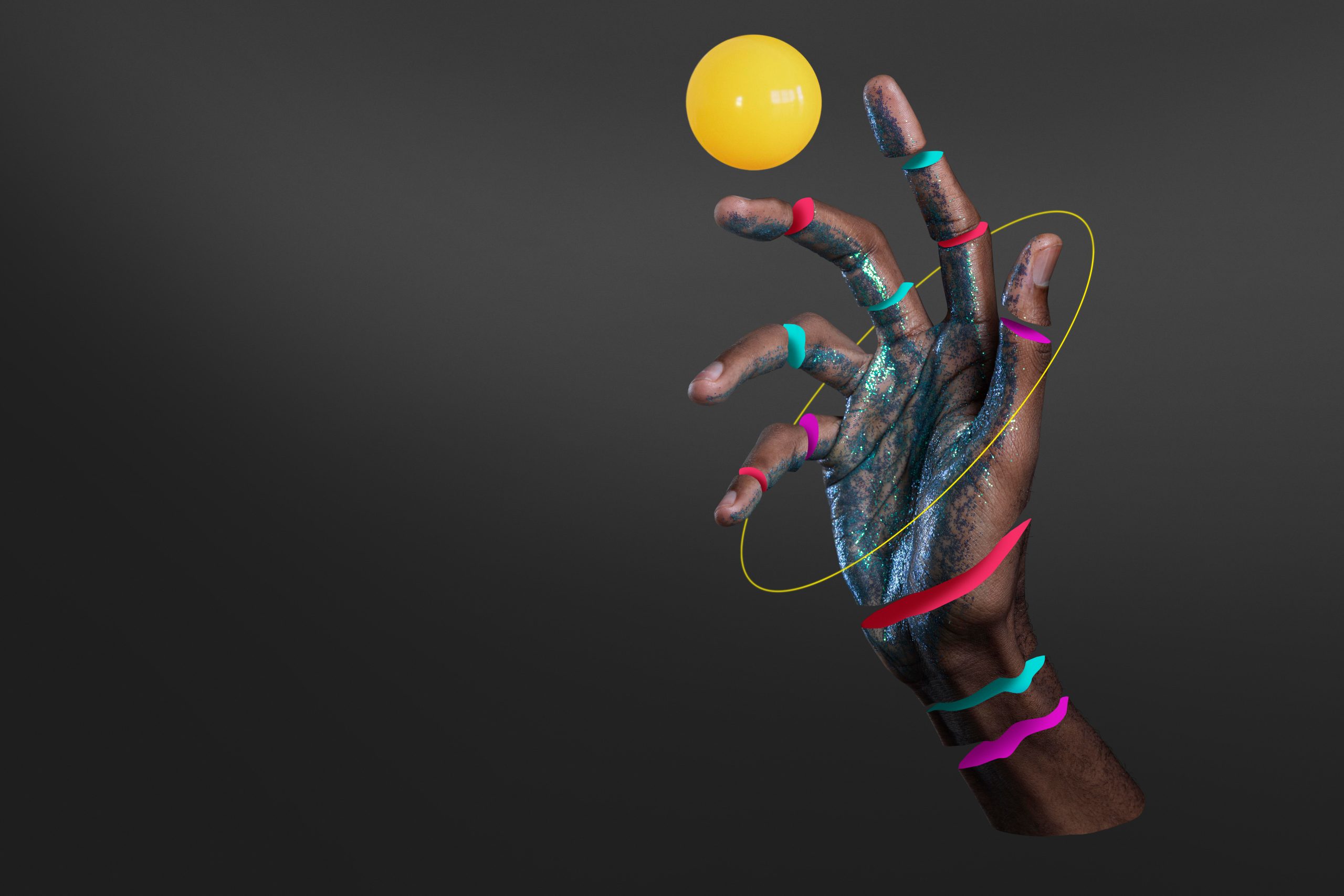Surrealism, a movement that emerged in the early 20th century, is experiencing a resurgence in the modern art world. Known for its dreamlike imagery and exploration of the unconscious mind, surrealism continues to captivate contemporary artists and audiences alike. In this article, we will explore how surrealism has evolved and how modern artists are reinterpreting its core principles in today’s creative landscape.
The Origins of Surrealism
Surrealism was founded in the 1920s by André Breton, a French writer and poet, who sought to challenge conventional reality by tapping into the subconscious mind. The movement encouraged artists to break free from logical constraints, allowing their dreams, desires, and subconscious thoughts to guide their creations. Surrealist works often depicted bizarre and irrational scenes, blending reality with fantasy in unexpected and thought-provoking ways.
Pioneers like Salvador Dalí, René Magritte, and Max Ernst became icons of surrealism, creating some of the most iconic and memorable artworks in history. Their works often featured distorted landscapes, floating objects, and altered realities, which invited viewers to interpret the unconscious symbolism behind them.
The Resurgence of Surrealism in Contemporary Art
In recent years, surrealism has made a notable comeback in contemporary art. While the movement may have started in the early 1900s, its themes of psychological exploration, dream imagery, and distorted realities continue to resonate with modern artists. Today’s surrealist works often blend traditional techniques with new technologies, such as digital manipulation, photography, and virtual reality, creating fresh and innovative interpretations of surrealist principles.
Artists are revisiting surrealist motifs while reflecting on modern concerns such as identity, mental health, and the impact of technology on our lives. The dreamlike, otherworldly nature of surrealism offers an escape from the complexities of the modern world, providing a space for introspection and creative freedom.
Modern Interpretations of Surrealism
While traditional surrealist art often featured abstract dreamscapes and fantastical imagery, contemporary surrealists are exploring new themes and techniques. Modern surrealist art blends elements of pop culture, social commentary, and personal narratives, creating pieces that speak to the present moment.
For example, digital surrealism is one of the most prominent trends in today’s art world. Digital artists use tools such as Photoshop, 3D modeling software, and artificial intelligence to manipulate images and create surreal worlds. These new technologies allow artists to push the boundaries of surrealism, constructing dreamlike visuals that would be difficult to achieve with traditional mediums.
Additionally, modern surrealists are drawing on contemporary issues, including the rise of artificial intelligence, climate change, and the impact of social media. These topics are reflected in their work through the use of symbolic imagery, distorted figures, and fantastical landscapes that challenge the viewer’s perception of reality.
Surrealism and Its Influence on Other Art Forms
Surrealism’s influence extends beyond the visual arts into other creative fields. Filmmakers, writers, and musicians have all drawn inspiration from the surrealist movement, incorporating its themes of dream logic, absurdity, and irrationality into their works.
In cinema, directors such as David Lynch, Guillermo del Toro, and Tim Burton have embraced surrealist aesthetics in their films, creating worlds where the boundaries between dream and reality are blurred. Similarly, surrealism has influenced contemporary literature, with writers exploring the subconscious mind, bizarre characters, and fragmented narratives.
The movement’s emphasis on freedom, spontaneity, and breaking artistic conventions has also left a lasting impact on music. Musicians in genres ranging from experimental to electronic music have incorporated surrealist themes into their work, using soundscapes that evoke dreamlike or otherworldly experiences.
The Future of Surrealism
As the world continues to change rapidly, surrealism remains an essential tool for artists looking to explore the depths of human consciousness and challenge the limits of perception. The resurgence of surrealism in contemporary art signifies its continued relevance and ability to inspire new generations of creators.
With advancements in technology, such as virtual reality and augmented reality, surrealism is likely to evolve even further. Artists will have the opportunity to create fully immersive, interactive surreal environments that allow viewers to step inside their dreamscapes and experience them firsthand. As the line between the physical and digital worlds continues to blur, surrealism’s ability to offer a unique lens through which to understand and interpret reality will remain a powerful force in the art world.
Conclusion
Surrealism’s resurgence in modern art is a testament to its enduring appeal and ability to adapt to contemporary issues. By blending traditional techniques with modern technologies and reflecting on current societal concerns, modern surrealist artists are breathing new life into this iconic movement. As surrealism continues to evolve, its dreamlike, boundary-pushing nature will continue to inspire artists and viewers alike, inviting them to explore the depths of the unconscious mind and question the nature of reality.



